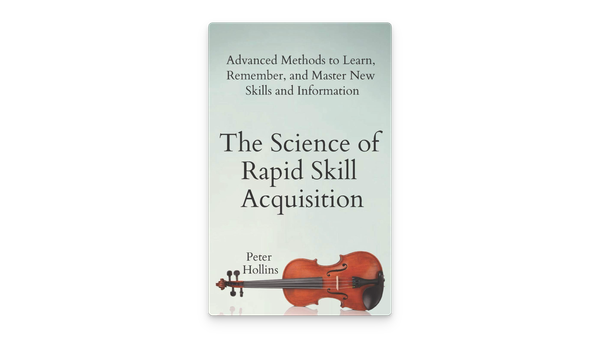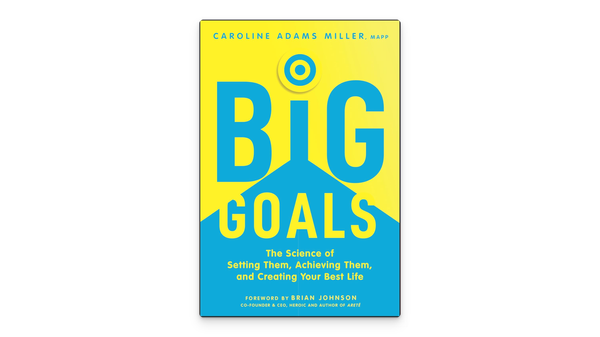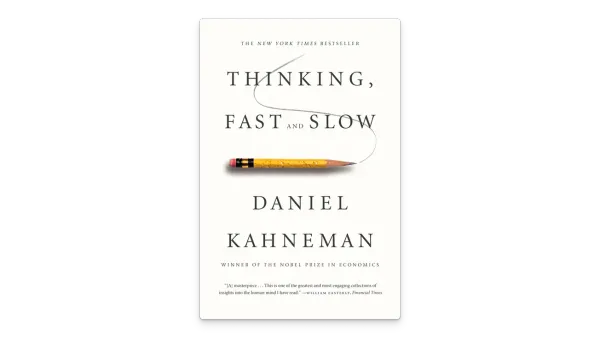¿Qué conexiones te ayudan realmente a encontrar trabajo?

Iavor Bojinov
Experimentos en los que participaron 20 millones de personas generaron un hallazgo sorprendente: los vínculos moderadamente débiles -y no los fuertes- son los más útiles para encontrar un nuevo trabajo. Para ser más concretos, los vínculos que resultan más útiles para encontrar nuevos empleos tienden a ser moderadamente débiles: Logran un equilibrio entre exponerte a nuevos círculos sociales e información y tener suficiente familiaridad y coincidencia de intereses para que la información sea útil. Las conclusiones son importantes no sólo para los que buscan trabajo; también tienen implicaciones para los directivos que quieren contratar a gente nueva.
•••
Who should you contact the next time you're looking for a job? To answer this question, we analyzed data from several large-scale randomized experiments involving 20 million people to measure how different types of connections affect job mobility. Our results, published recently in Science Magazine, show that your strongest ties, i.e., your connections to immediate coworkers, close friends, and family, were actually the least helpful in finding new opportunities and landing a job. You'll have better luck with your weak ties: the less frequent, long-distance relationships with acquaintances.
To be more specific, the ties that help the most in finding new jobs tend to be moderately weak: They strike a balance between exposing you to new social circles and information and having enough familiarity and overlapping interests to make the information useful. Our findings uncovered the relationship between connection strength (measured by the number of mutual connections before connecting) and the likelihood that a job applicant will move to a new position within a connection's organization.
The observation that weak ties are more beneficial for finding jobs is not new. Sociologist Mark Granovetter first expounded this idea in a seminal 1973 article describing how a person's network affects his or her job prospects. Since then, the theory, known asthe strength of weak ties," has become one of the most influential in the social sciences, underpinning network theories of information diffusion, industrial structure, and human cooperation.
Despite the longevity and influence of Granovetter's hypothesis, there has never been a definitive causal test using large-scale data. This is because people's networks evolve simultaneously with their jobs, making it extremely difficult to conduct the large-scale experiments needed to test the theory. It is also for this reason that most studies in this area have resorted to correlational analyses, making it difficult to know whether it was actually because a tie was weak that someone got a job or because of confounding factors such as their seniority or the fact that their firm was growing rapidly.
Our paper addresses this gap with data from the world's largest professional networking platform - LinkedIn. Specifically, we leveraged a standard part of modern recommendation engines: A/B testing. As the AI models that drive these recommendation algorithms are constantly improving, new versions are rigorously tested through randomized experiments to ensure they work well for all users. Given the scale of digital platforms, these experiments tend to be massive and run on tens of millions of users.
We analyzed data from several such experiments on LinkedIn People You Might Know Algorithm, which recommends new connections to LinkedIn members. The global experiments, which lasted five years, randomly varied the composition of connection recommendations in the networks of more than 20 million people, during which time two billion new links and 600 000 new jobs were created. Coincidentally, these tests varied the prevalence of weak and strong links in the recommendations, and it was precisely this variation that we exploited.
Our causal analysis confirmed that weaker ties were the most likely to increase the likelihood of job transitions, providing the first large-scale causal test for the weak ties hypothesis and suggesting several updates to the theory with important real-life implications:
First, when it comes to finding a new job,moderately weak ties are the most useful and the strongest ties are the least. For example, compared to extremely weak ties with a mutual friend, a new tie with 10 mutual friends nearly doubles the likelihood of changing jobs.
Second, while weak ties are important, on average, they are especially vital in industries with high degrees of IT and software adoption, machine learning and artificial intelligence (AI) integration, and robotization. Most likely, this is because the state of the art in these sectors tends to evolve rapidly and keeping up with all developments is critical to success. This is why weak links that provide access to diverse communities with broad exposure to new technological and methodical advances are so valuable.
Finally, our findings suggest that weak ties are even more important in industries that favor telecommuting. As the world transitions to hybrid or work-from-anywhere in the future, creating and cultivating weak ties will become even more essential for professional success.
The conclusions for job seekers are clear: you must actively manage, expand and diversify your digital social network, as weak ties can significantly impact your job prospects, job mobility, promotions and even salaries. For workers in digital industries or positions where technology is rapidly evolving, weak ties provide novel information and bridges to new communities and opportunities. Those who work remotely should take special note, because these arrangements make colder conversations and unplanned run-ins with new people more difficult.
But job seekers aren't the only ones affected by these results. Managers are, too. Our findings highlight the value of an open and expansive network when sourcing and hiring top, diverse talent. A huge amount of recruiting and hiring now takes place through digital platforms such as LinkedIn is vital. Understanding how they work and the utility of algorithms likePeople You Might Know" will maximize the reach and ability of managers to hire quality talent. Going beyond the usual suspects within their close circle and expanding job searches to the boundaries of their networks could make a manager a star new hire. This, in turn, can drive innovation, a key driver of business and economic growth.
Beyond job seekers and hiring managers, our work highlights the importance of actively managing algorithms. Today, many parts of organizations and the digital economy are affected and, to some extent, driven by AI. These algorithms have the power to promote economic access, improve efficiency, and even redesign business operating models. That's why AI requires careful managerial oversight and long-term analysis of the causal impact of implementing these algorithms on millions of people. As an example, LinkedIn has created internal tools to track and address the unintended impacts of each new feature of its platform.
As our work demonstrates, when used effectively, social networking platforms like LinkedIn can increase economic value for employers and employees through algorithms that help connect people with the right contacts. So, whether you're a job seeker, manager or recruiter, be thoughtful and open-minded about growing your online networks and think twice before ignoring a connection recommendation from thePeople You Might Know" algorithm. Your second-degree network (the connections of your connections) is a portal to a whole world of opportunities.
”




